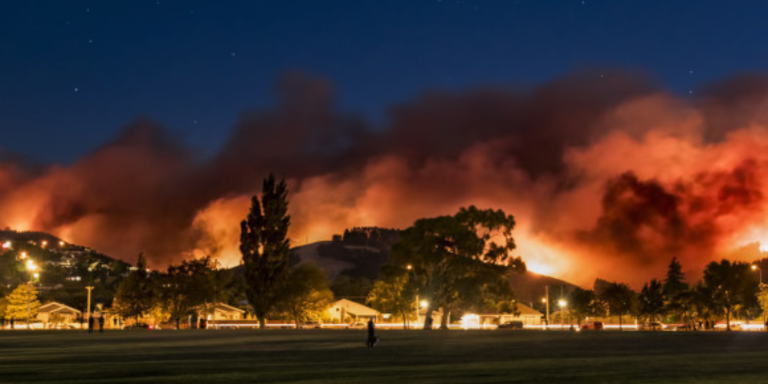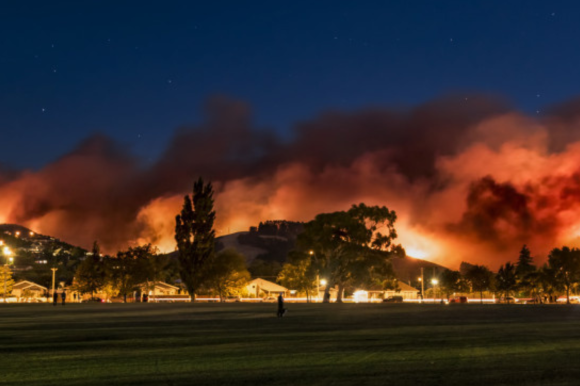Outdoor and rural fire safety
Learn about Fire and Emergency New Zealand’s fire control powers and how we use them to reduce the risk of unwanted fire, particularly around outdoor fires, for the management of public safety.
No matter what the fire season is, you still need to comply with our safety guidelines and any council bylaws and regional council requirements relating to smoke nuisance and discharges to the air, even if you are issued with a fire permit from Fire and Emergency.














